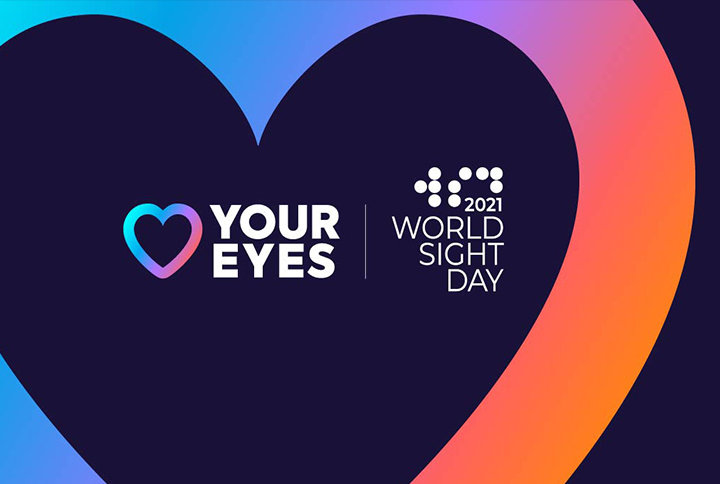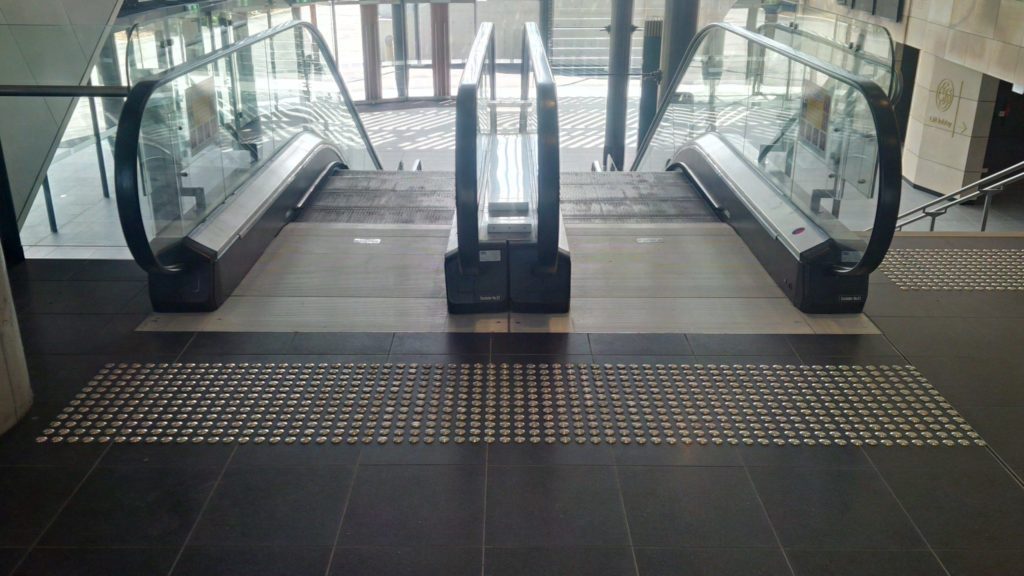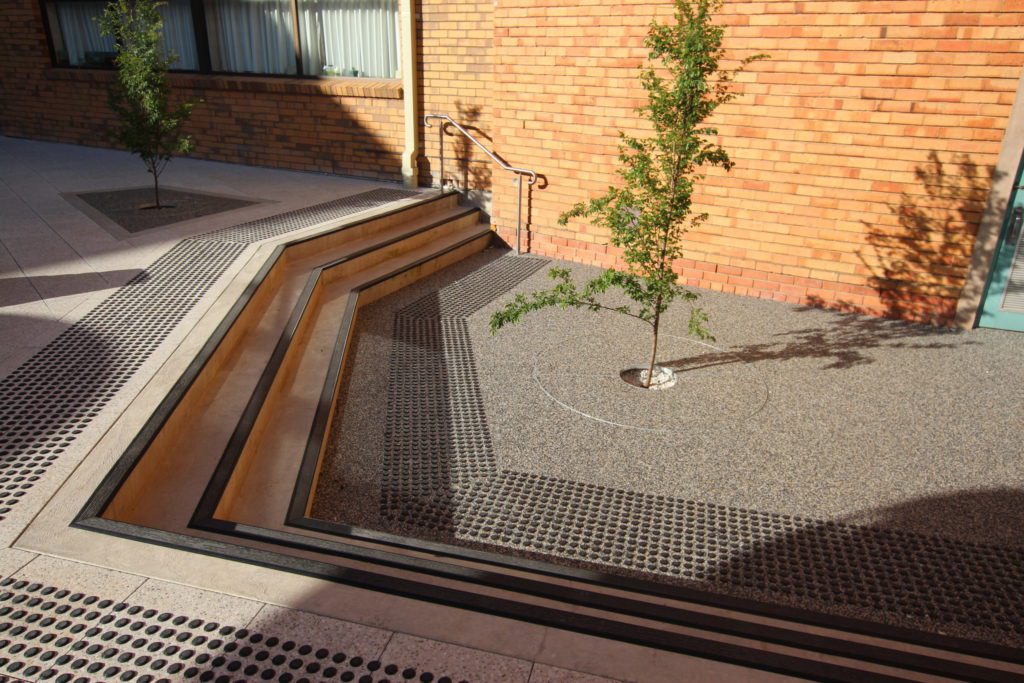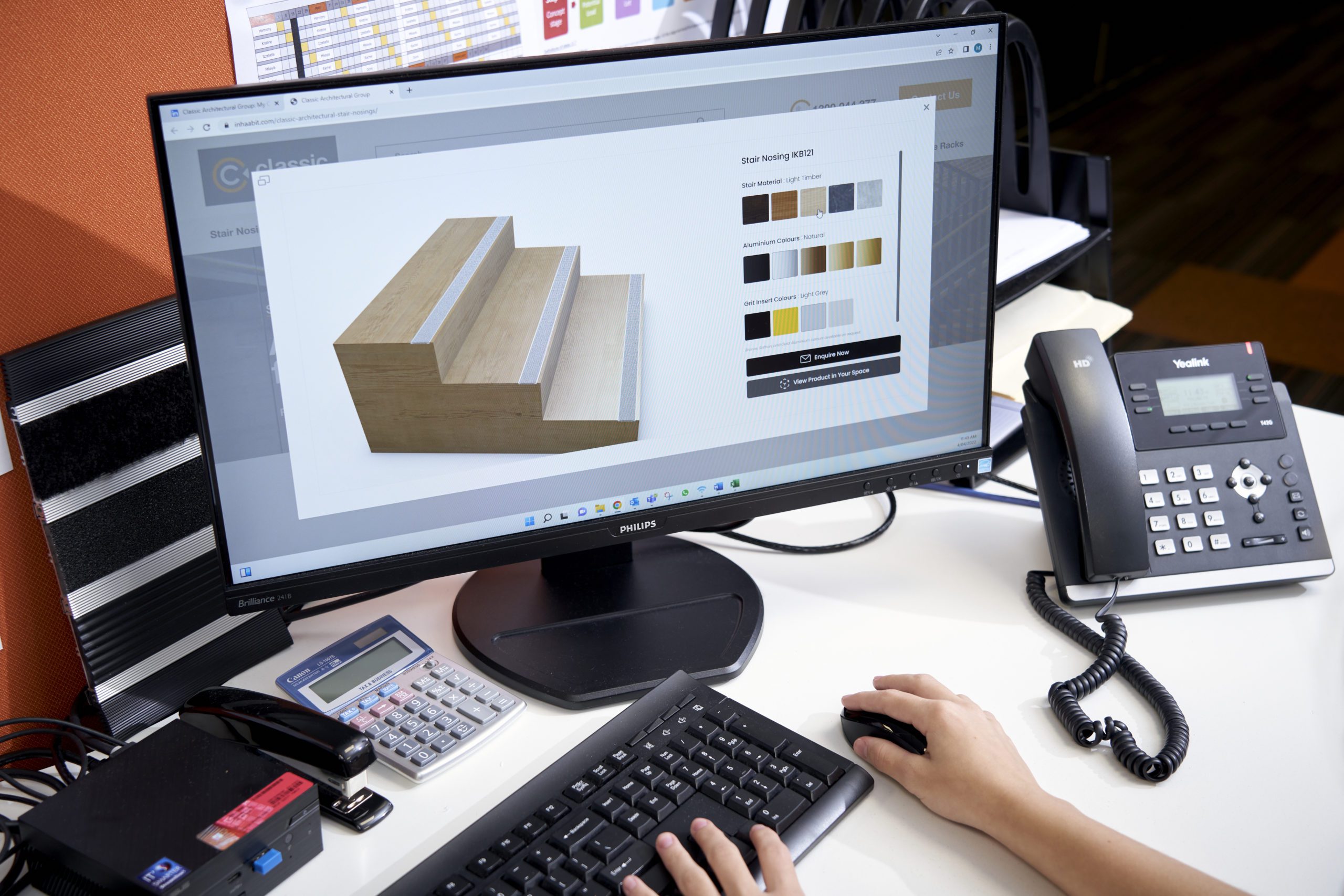Raising awareness for the visually impaired and how to #LoveYourEyes
In Australia alone, there’s an estimation of over 575,000 people who are blind or vision impaired, with over 66,000 classed as blind. Considering that nearly everyone on the planet will experience an eye health issue in their lifetime, the International Agency for the Prevention of Blindness (IAPB) seeks to raise awareness through their annual World Sight Day.

Taking place on the 14th of October this year, the theme is #LoveYourEyes to address the bigger picture – being aware of your own eye health by getting regular sight tests and encouraging others to do the same. With more than a billion people worldwide who can’t access adequate vision care services, it’s important for Australians to be proactive and not neglect our eye health till it’s too late. If identified early, most conditions can be prevented and/or treated, so eye tests should be prioritised as part of your overall health care.
In conjunction with this 2021’s theme, the IAPB has provided the 4 Ps as a guideline on how to love your eyes – Prevent, Protect, Preserve and Prioritise. You can learn more about the 4Ps here.
Empowering the vision impaired community with equal, safe public access
Whether it’s vision impairments or other forms of disability, we all deserve equal access to public spaces, and the right to navigate our environments safely. With over 40 years of experience making public spaces safe, attractive and accessible to all, Classic Architectural Group sets the benchmark for quality access solutions.
Our products guarantee your compliance with all necessary requirements, such as:
- Australian Standards (AS 1428.1-2009 | Design for Access and Mobility)
- The National Construction Code/Building Code of Australia
- The Disability Discrimination Act (DDA)
Complementing your architectural vision and planning goals, we service every industry including education, health, hospitality, industrial, retail, commercial and rail. Whether it’s a new build, refurbishment or fitting out of existing premises, our team ensures your peace of mind, allowing you to focus on what you do best.
High-quality tactiles and stair nosings to maximise floor safety for the visually impaired
Tactile indicators for safe orientation

When combined with other environmental information, tactile ground surface indicators (TGSIs) are pivotal to assisting the visually impaired with orienting themselves and safely navigating impending hazards.
There are two main types of TGSIs:
- Warning tactile indicators – These are round, textured surface features, installed to provide warnings of impending hazards, acting similarly to a stop sign.
- Directional tactile indicators – These are commonly strips or bars, designating an optimal route for safe navigation across an open space.
You’ll often see TGSIs installed in areas where high levels of pedestrian traffic are anticipated, such as crossings, stairways, ramps, escalators, and moving travelators. Working hand in hand, tactile indicators empower the visually impaired to enjoy independent mobility within urban environments and public surroundings.
Classic offers a versatile range of tactile indicators to suit your project’s functional and aesthetic requirements. You’ll find a diverse variety of styles and colours readily available, from aluminium tactiles to solid brass tactiles, stainless steel tactiles, poly tactiles, ceramic stud tactiles and more. Read our article on selecting the right type of tactile indicators for more tips.
Stair nosings for extra visibility of steps

Installed on the ‘nose’ of a step, stair nosing makes it easier for vision-impaired pedestrians to safely navigate stairs. This also provides an anti-slip surface that minimises wear over time, which is particularly important in environments with inadequate lighting and/or wet conditions.
As outlined in AS1428.1, stair nosings must be installed for compliance purposes across all new building work, and must also meet the luminance contrast requirements. By ensuring a minimum of 30% luminance contrast, this alerts both vision impaired and everyday pedestrians of where the step edge is, minimising the risk of slips and falls.
Our team can help you choose the best type of stair nosing for your project, whether it’s aluminium stair nosing, brass stair nosing, fibreglass stair nosing or other. We can also complete all luminance testing requirements to ensure your compliance.
Classic offers bespoke full-service access solutions to complement your architectural goals
Tying in with our other popular products, such as entrance matting, floor trims and covers, we can design tailored solutions to comprehensively complement your project’s architectural needs.
Getting you a step ahead, our full-service expertise spans from consultation right through to design, manufacturing, supply, installation and ongoing maintenance. You can rely on our exceptional customer service and certainty of supply to keep your project on track.
To discuss your specific project requirements or to organise a friendly consultation, please contact us by calling 1300 244 377 today.


